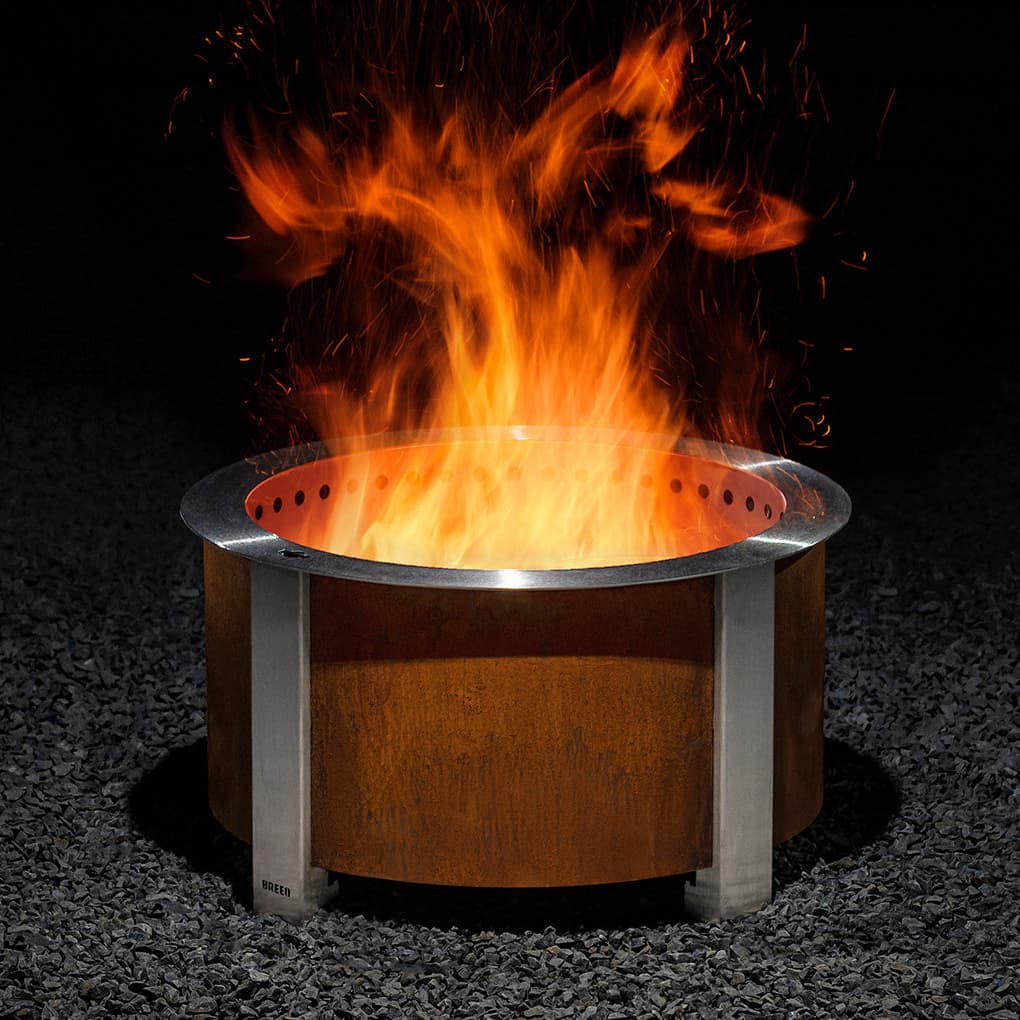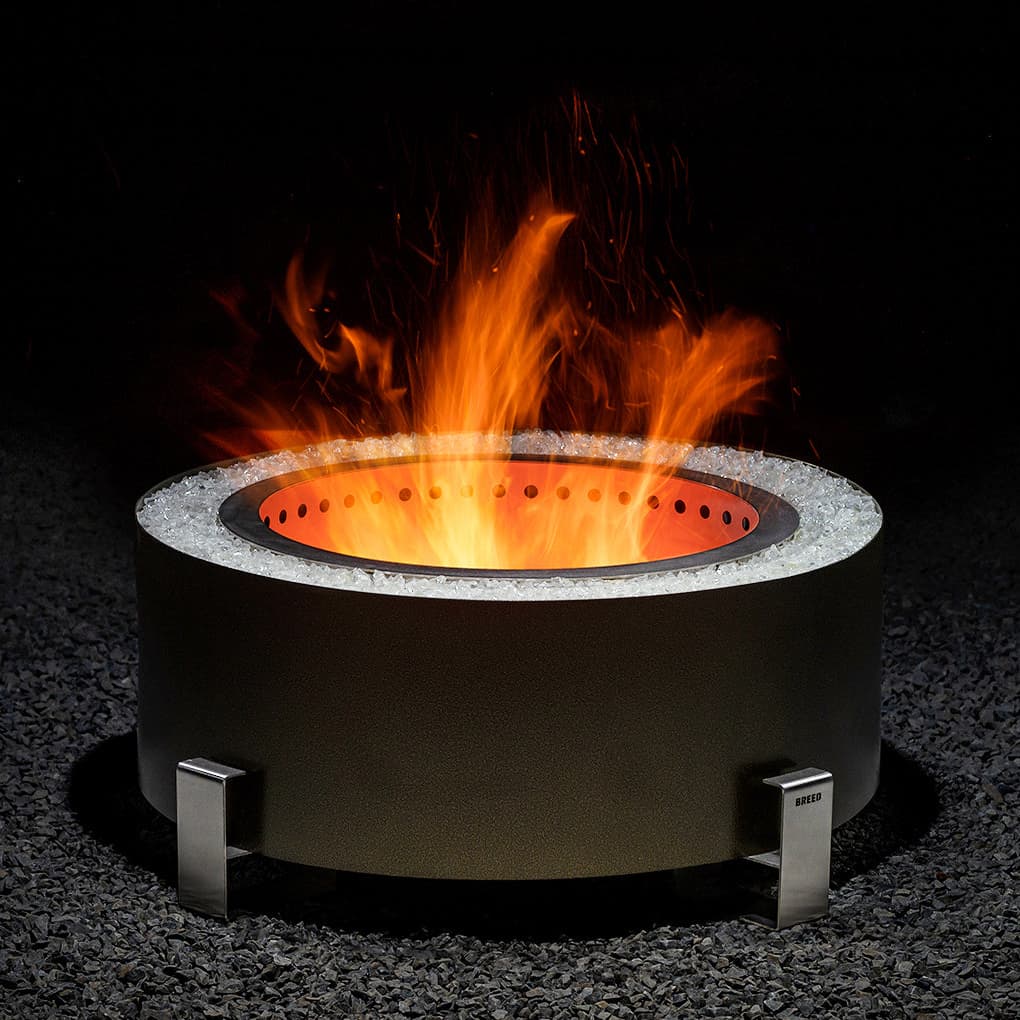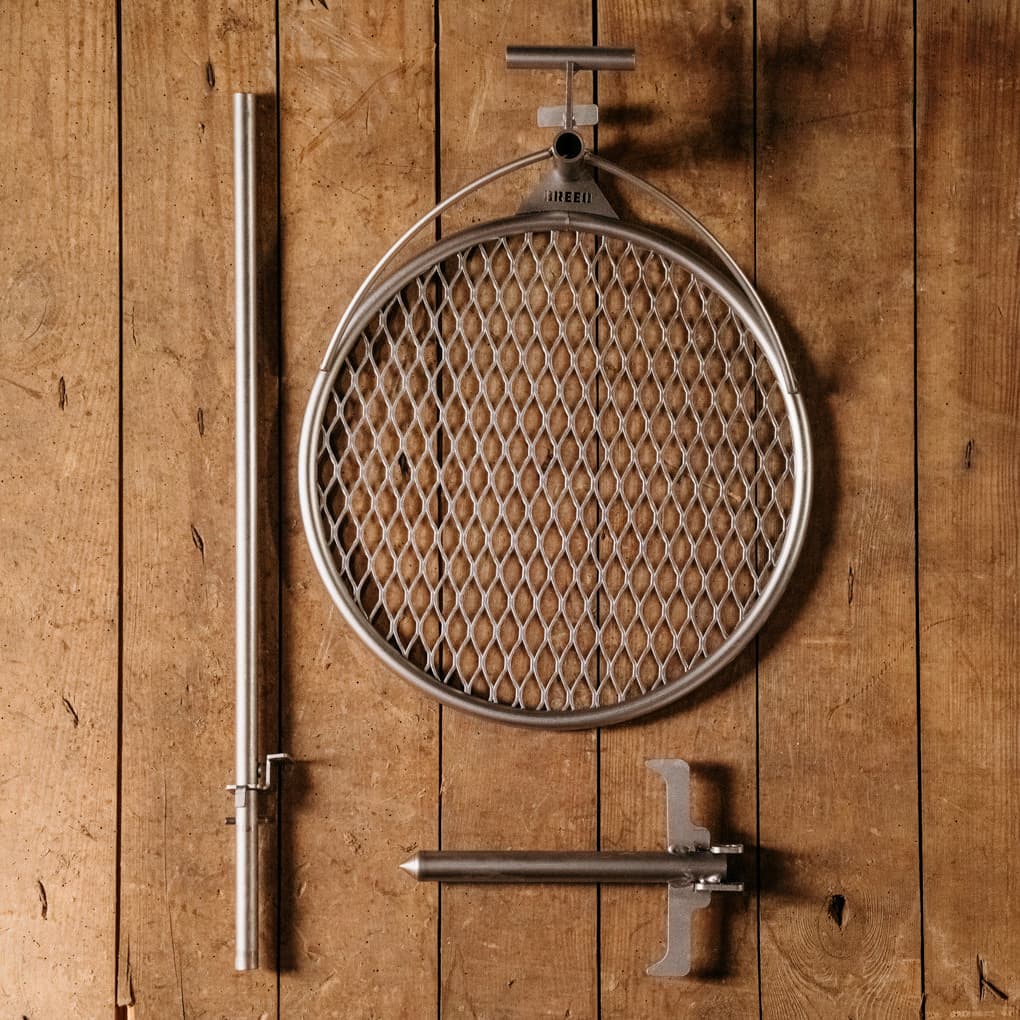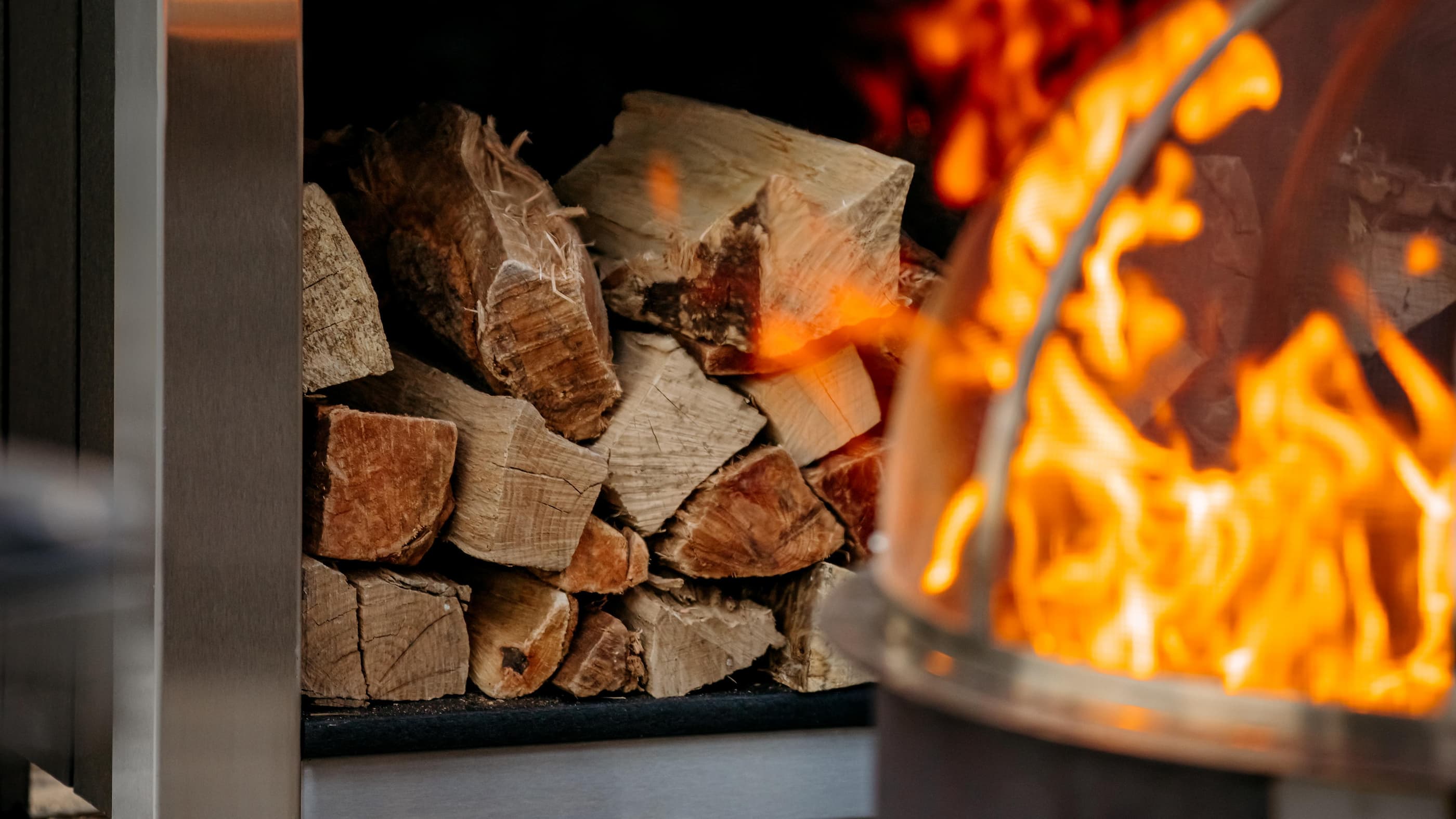
Find Wood. Get Wood. Burn Wood.
We want to help make sure you have a good stack of wood on hand when you want to kick back by the fire as the sun goes down. This tool allows you to search by region and share sources so that you and all the other firemasters out there are stocked up when the desire to burn is real.
We strongly recommend buying your firewood locally. Not only are you supporting your local economy, you are protecting the trees around you from the spread of invasive species and disease.

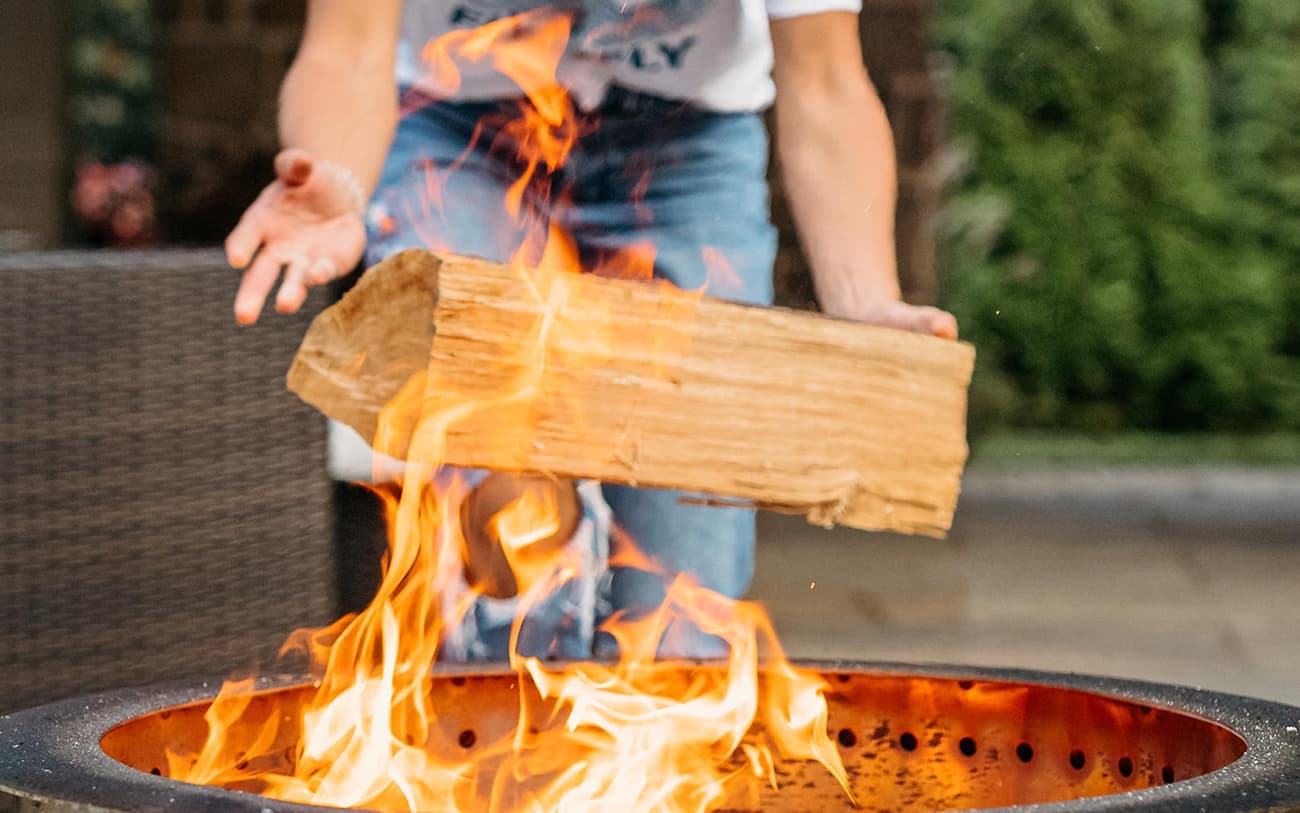
Hardwood is best
We recommend looking for kiln dried or properly seasoned hardwoods like Oak, Hickory, Walnut, Ash, and Birch. A blend of these is often referred to as “Mixed Hardwood” by suppliers, and work especially well for cooking. Cherry, Maple, Birch, and Elm are still good choices but not as dense as the others. Softwoods like Pine, Spruce, Hemlock, Aspen, and Cedar will burn much faster and are often used for kindling.
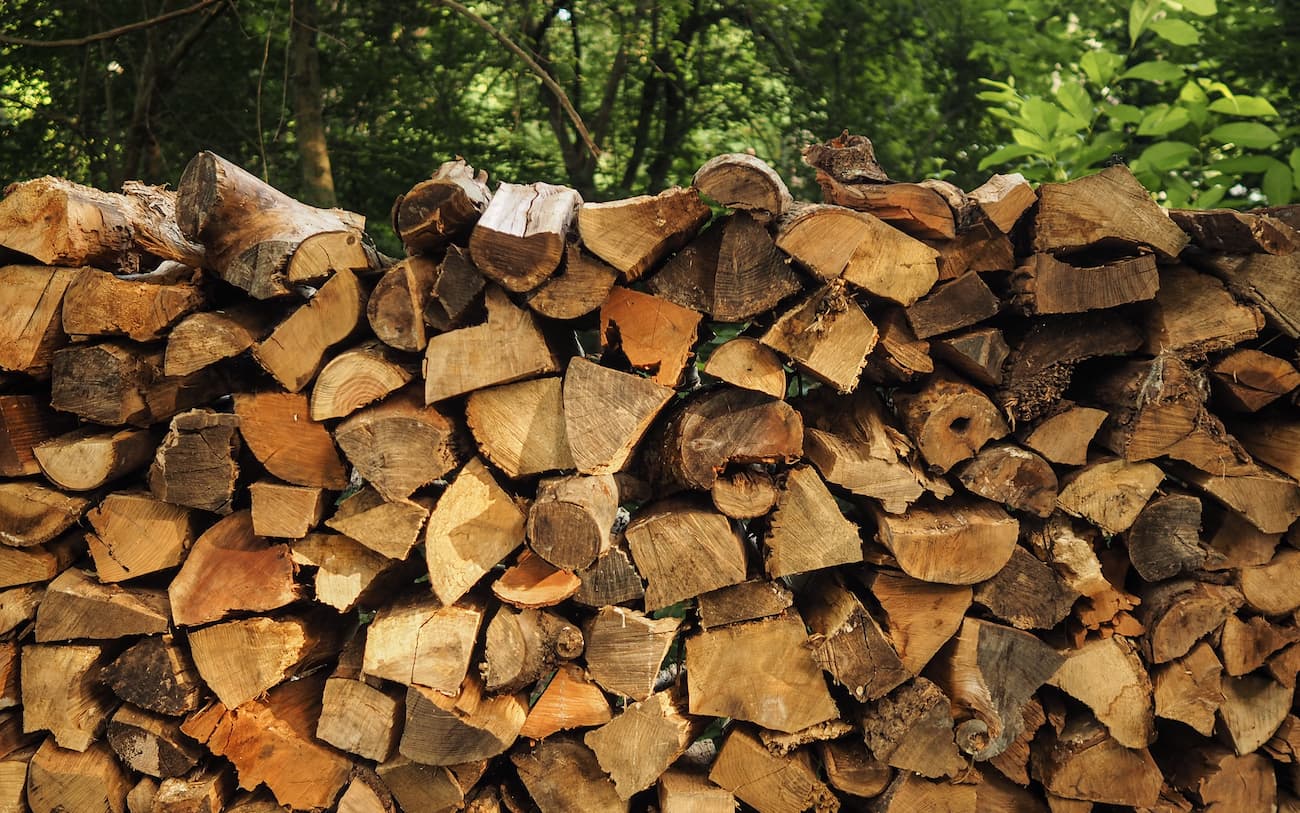
How much to order?
The standard measurement of split firewood is a “cord” which is 128 cubic ft or 4’ x 4’ x 8’ stacked. Most order a full or half cord at a time. Be sure to check with the supplier on the length of the logs, you want to make sure they’ll fit in your fire pit. Be aware of “face cords”, this stack measures 4’ x 8’ but is only as deep as the length of the log (usually 16”-18”), which equals about ⅓ of a full cord.
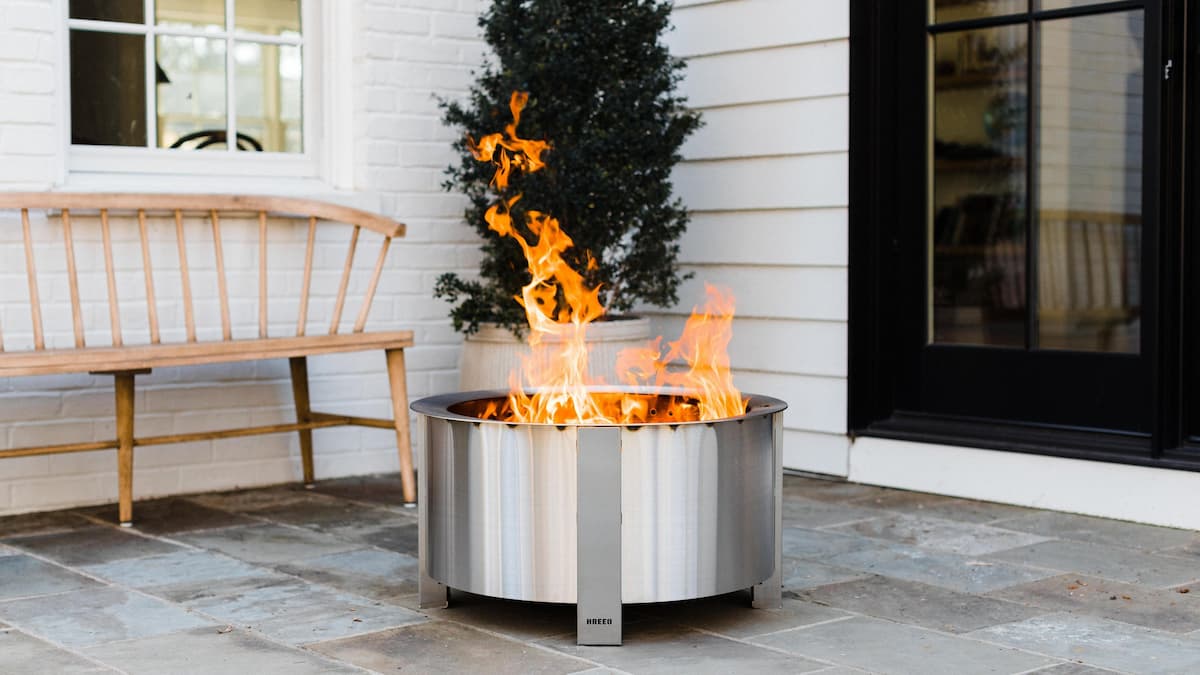
How to start a fire: The Ultimate Guide
Whether you just got your Breeo® fire pit or you need a refresher on the basics of smokeless fire, this guide is going to help you take steps to becoming the firemaster.
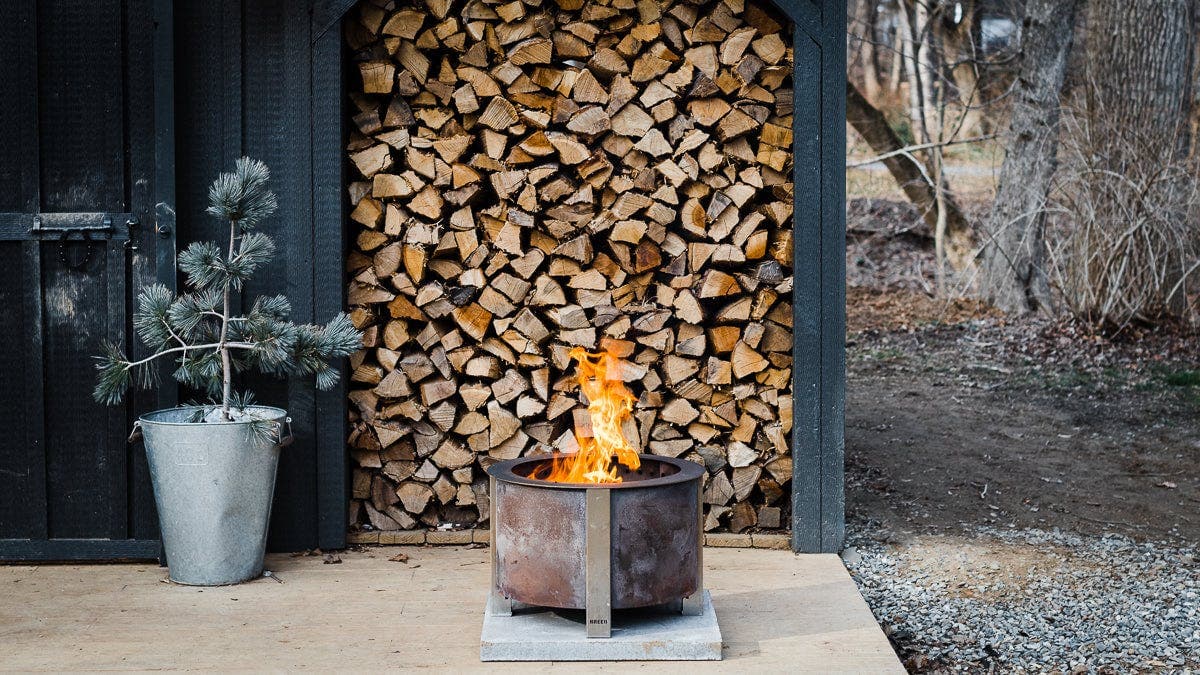
Let's Talk Wood
When cooking over live fire, picking the right fuel source is as important as choosing what food to prepare. The fuel you select will impact the final flavor of your meal and even plays a role in cleanup.
